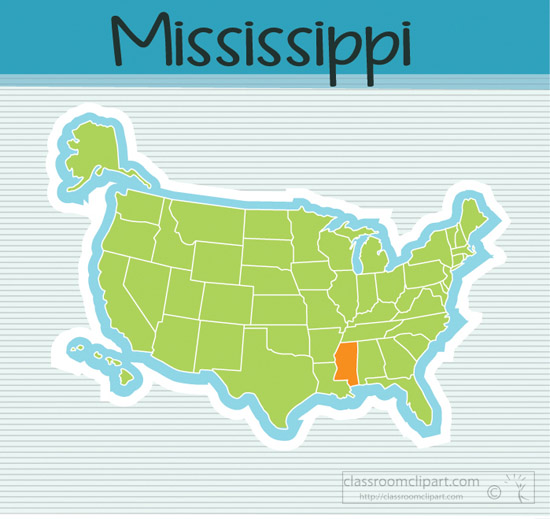General Science
Lab Safety-Kesler escape room on TpT
Microscope Skills-Letter E activity (Google for lots of versions), CSI mystery powder
STEM-Egg Drop Challenge, Ship a Chip, foil boats, paper bridges, cup challenges, Saving Fred gummy worm activity (Google for lots of versions of each activity)
Writing Lab Procedures-Students build an animal using marshmallows and toothpicks, then write step-by-step directions for their process. Cover original animals (or take photos, if your school is 1:1 with technology) and have groups trade directions to see if they can correctly build each other's animals.
Physical Science
Visible Light-Use red, green, and blue bulbs to experiment with light color mixing; test opacity/reflection/transmission/etc. of various materials (foil, wax paper, plastic wrap, etc.) using a flashlight
Electromagnetic Spectrum-Use spectroscopes to observe different types of lights (LED, incandescent, fluorescent, etc.). If you do not have spectroscopes, I ordered some inexpensive ones from Home Science Tools or you can make them from old CDs and cardboard paper towel tubes (Google how-tos).
Sound Waves-To visibly observe sound waves, hit tuning forks on table and quickly submerge in a bowl of water. To observe how sounds travels more efficiently through solids than gases, tie a string to a metal dinner fork so that there are two long "tails". Hold the ends of the strings against ears and press ears closed. Have partner tap the fork. If your students have iPads, Garageband is a fun app to experiment with.
Properties of Waves-Use slinkies to observe transverse vs. longitudinal waves.
Physical vs. Chemical Changes-Mystery white powder activity; a version of this is available in my TpT store. If you don't like my version (it's pretty sparse), I'm sure there are plenty of others.
Atomic Structure-Make edible diagrams using Skittles for protons/neutrons and Red Hots for electrons. Practice identifying different information on periodic table to create atoms for different elements.
Periodic Table & Metals/Nonmetals/Metalloids-Alien Periodic Table
Elements/Compounds/Molecules-Paperclip models
Acids, Bases, & pH-Identify pH and neutralize common acids and bases with red cabbage indicator.
Chemical Bonds-Drop on a Penny activity (Google for lots of ideas.)
Balancing Chemical Equations-Use candy or math manipulatives to model.
Balanced/Unbalanced Forces-Experiment with bouncy balls, dominoes, and spring scales (I'll try to remember to post my activity when I find it).
Motion & Acceleration-Calculate speed of toy cars on ramps.
Newton's Laws-I do the simpler of these activities that I have materials for.
Potential/Kinetic Energy-Build marble runs.
Simple Machines-Design Rube Goldberg machines.
Work-Calculate work and horsepower of each student as they climb a staircase.
Earth & Space Science
Catastrophic Events-Hurricane shelter STEM activity
Nonrenewable Resources-Renew-a-bean activity (pretty sure there are plenty of these if you Google)
Renewable Resources-Have a town hall meeting debate on fracking/nuclear power; Kesler station labs here and here
Earth’s Layers-Make edible diagrams using cookies and frosting
Rock Cycle-Make diagram using Starburst candy (cut into pieces to make sediment, compress to make sedimentary rock, apply heat and pressure with hands to make metamorphic rock, melt in microwave to make lava/magma, and allow to harden to make igneous)
Continental Drift-USGS Pangaea puzzle
Geologic Time Scale-Chocolate chip excavation (available in my TpT store)
Fossils-Archaeopteryx puzzle
Tectonics-Candy bar models/graham cracker demo
Earthquakes/Volcanoes-Build a seismograph
Erosion-Skittles activity
Ground/Surface Water-Here
Heat Transfer-Convection demo with hot and cold water, design a thermos STEM challenge
Convection Currents-Pinwheel/paper spiral and candle activity
Atmosphere-Analyze cloud types in famous landscape paintings, similar to this
Weather Maps-Interactive simulators (I'll have to look for these)
Asteroids-Crater activity
Eclipses-Research how past cultures reacted to eclipses; model eclipses with flashlight and balls of clay on skewers
Life Cycle of a Star-Celebrity HR charts by Kesler here
Lunar Cycle-Oreo lunar cycle diagram
Seasons-Flashlight/beans surface area activity; model with heat lamp and globes
Solar System & Planets-Model relative sizes of planets using Play-Doh
Life Science
Characteristics of Living Things-Analyze photos to determine COLT, argue whether or not viruses are living or nonliving
Classification-Mystery kingdom sorting activity using microscopes
Dichotomous Keys-Create a dichotomous key for unfamiliar items (aliens/monsters) and familiar items (candy)
Cell Theory-View cheek, elodea, and cork cells using microscope
Cells & Organelles-Make edible diagrams using candy
Organ Systems: Circulatory-Make a model of a heart with plastic bottle, clay, and straws
Organ Systems: Respiratory-Create a model of a lung using balloons and plastic cups
Organ Systems: Skeletal-Play-Doh towers with/without skeletal support
Organ Systems: Muscular-Create articulated hand with cardstock, straws, and string.
Biotic/Abiotic Factors-Scavenger hunt around campus (if weather does not permit, use Jonathan Bird ocean videos or similar); plant grass seed and alter different abiotic factors to observe results
Biomes-Animal cracker biomes and graphing
Food Webs-Card game (I'll have to find)
Organism Relationships (Symbiosis)-Card sort (I'll have to find)
Short & Long Term Environmental Impacts-Kesler lab
Succession-Card sort (I'll have to find)
Biodiversity-Black-footed ferret activity (This came from a Project Learning Tree book, and I'm not if it's available online.)
Food Webs/Energy Pyramids-Dissect owl pellets; I also order fried crickets every year for us to eat just for fun
Photosynthesis/Cellular Respiration-Elodea and yeast experiments; observe stomata under microscope (Google how to do this using pathos leaves, tape, and clear nail polish.)
Water Cycle-Calculate personal water “footprint” and discuss water conservation strategies (This came from a Project Wet workshop; not sure if it's available online.)
Carbon Cycle-"Dinosaur Breath" (Google to find a version you like; this involves grinding up chalk and mixing with vinegar to inflate a balloon.)
Nitrogen Cycle-Passport game
Reproduction-Lily dissection (Lots of YouTube tutorials on this.)
Mitosis/Meiosis-Oreo mitosis diagrams (Google for details.)
Genetics-Reebops (Google for several different versions.)
Inherited/Acquired Traits-Student traits checklist (make a list of dominant/recessive traits and see how many students have each), do a PTC strip taste test
Natural Selection-Peppered moths newspaper dot activity (Google for several versions.)
Anatomical Positions-Pickle autopsy (Google for several versions.)
Zombie Day-"Fizz Virus" activity (Google), The Crazy Science Lady survival activity, CDC epidemiology activities












